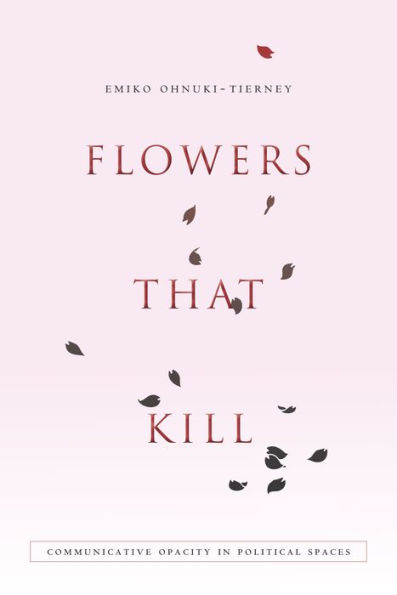Flowers That Kill proposes an entirely new theoretical understanding of the role of quotidian symbols and their political significance to understand how they lead people, if indirectly, to wars, violence, and even self-exclusion and self-destruction precisely because symbolic communication is full of ambiguity and opacity. Using a broad comparative approach, Emiko Ohnuki-Tierney illustrates how the aesthetic and multiple meanings of symbols, and at times symbols without images become possible sources for creating opacity which prevents people from recognizing the shifting meaning of the symbols.
Flowers That Kill proposes an entirely new theoretical understanding of the role of quotidian symbols and their political significance to understand how they lead people, if indirectly, to wars, violence, and even self-exclusion and self-destruction precisely because symbolic communication is full of ambiguity and opacity. Using a broad comparative approach, Emiko Ohnuki-Tierney illustrates how the aesthetic and multiple meanings of symbols, and at times symbols without images become possible sources for creating opacity which prevents people from recognizing the shifting meaning of the symbols.

Flowers That Kill: Communicative Opacity in Political Spaces
296
Flowers That Kill: Communicative Opacity in Political Spaces
296Paperback(New Edition)

Product Details
| ISBN-13: | 9780804795890 |
|---|---|
| Publisher: | Stanford University Press |
| Publication date: | 08/12/2015 |
| Edition description: | New Edition |
| Pages: | 296 |
| Product dimensions: | 6.00(w) x 8.90(h) x 0.70(d) |
